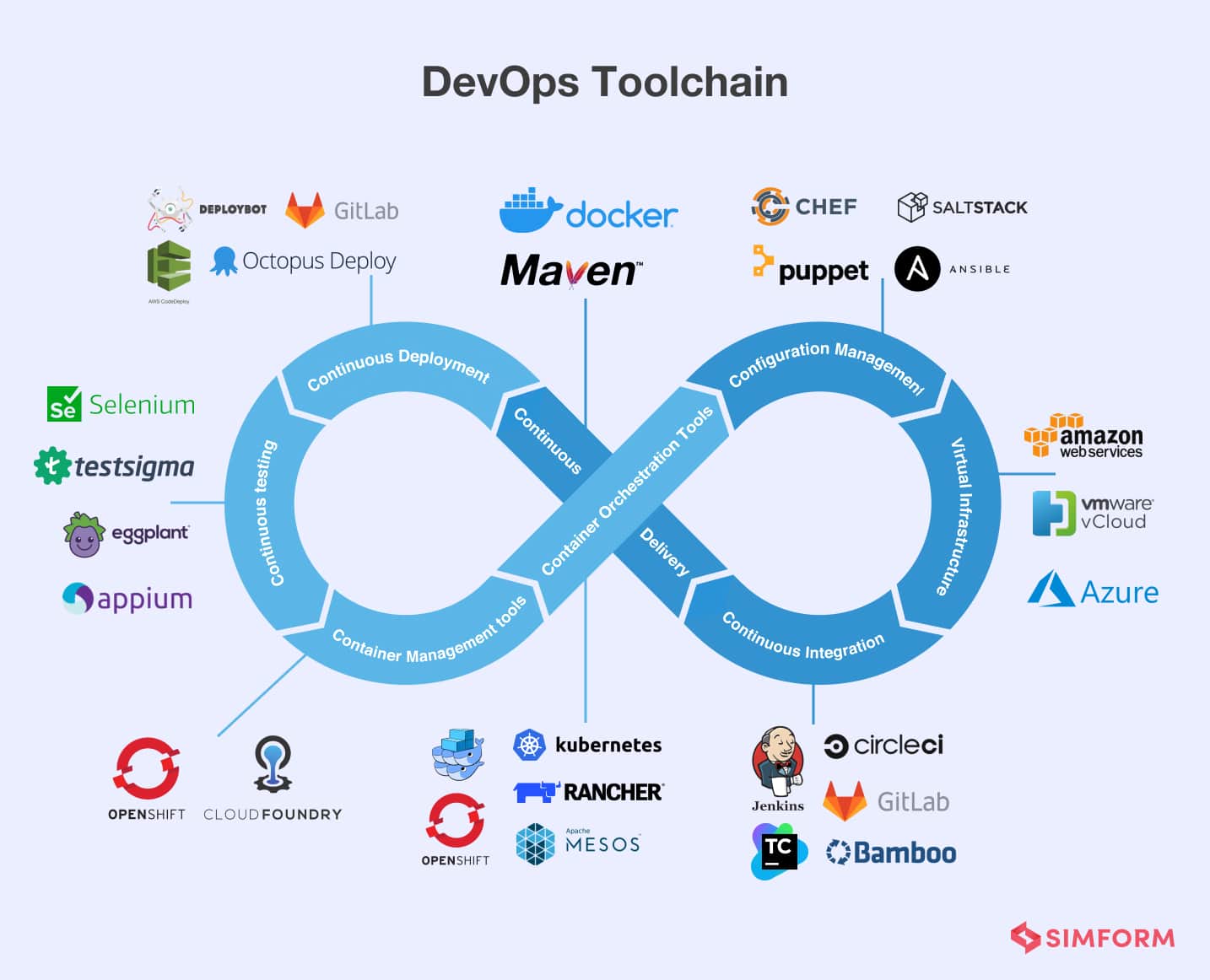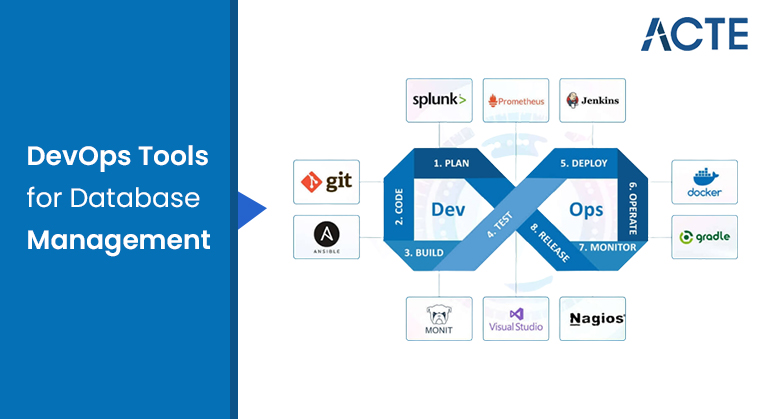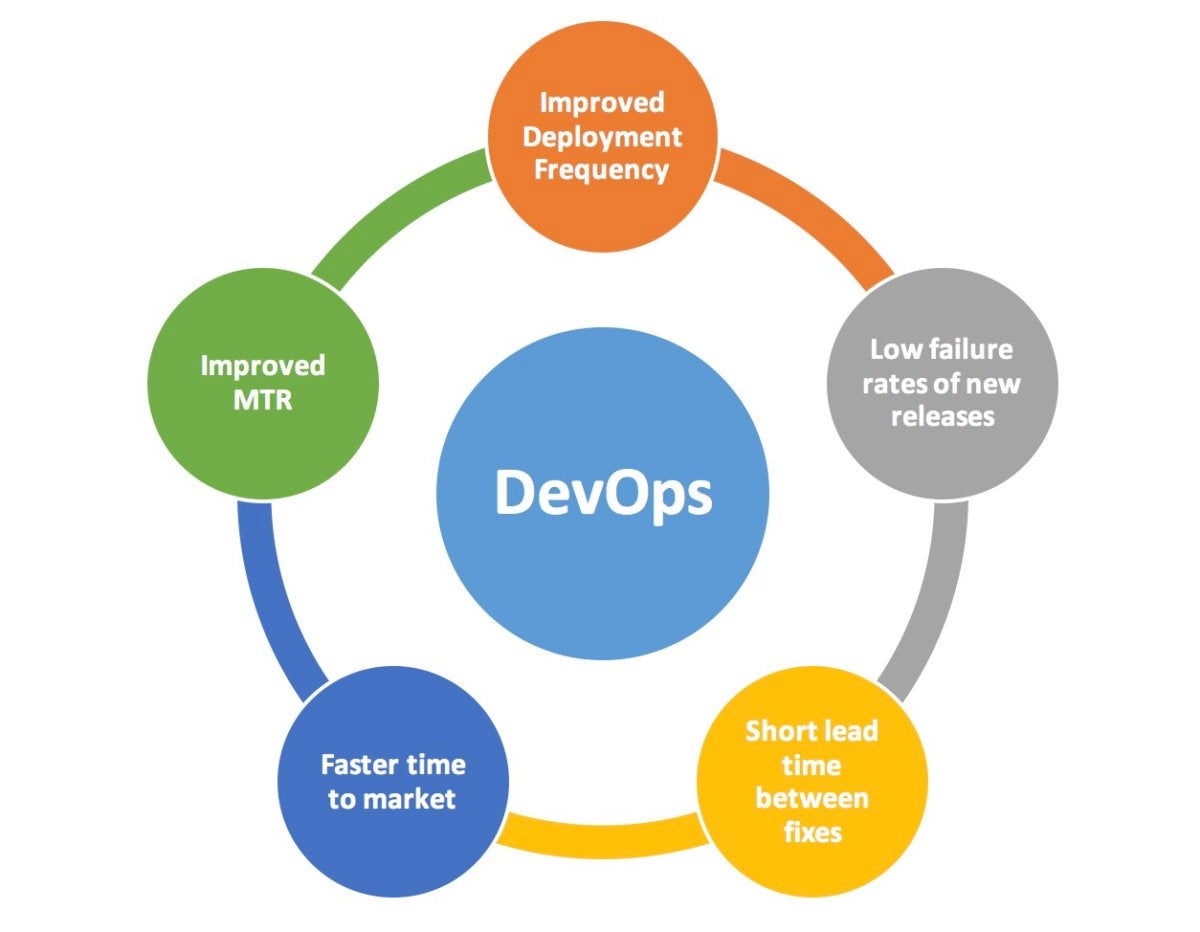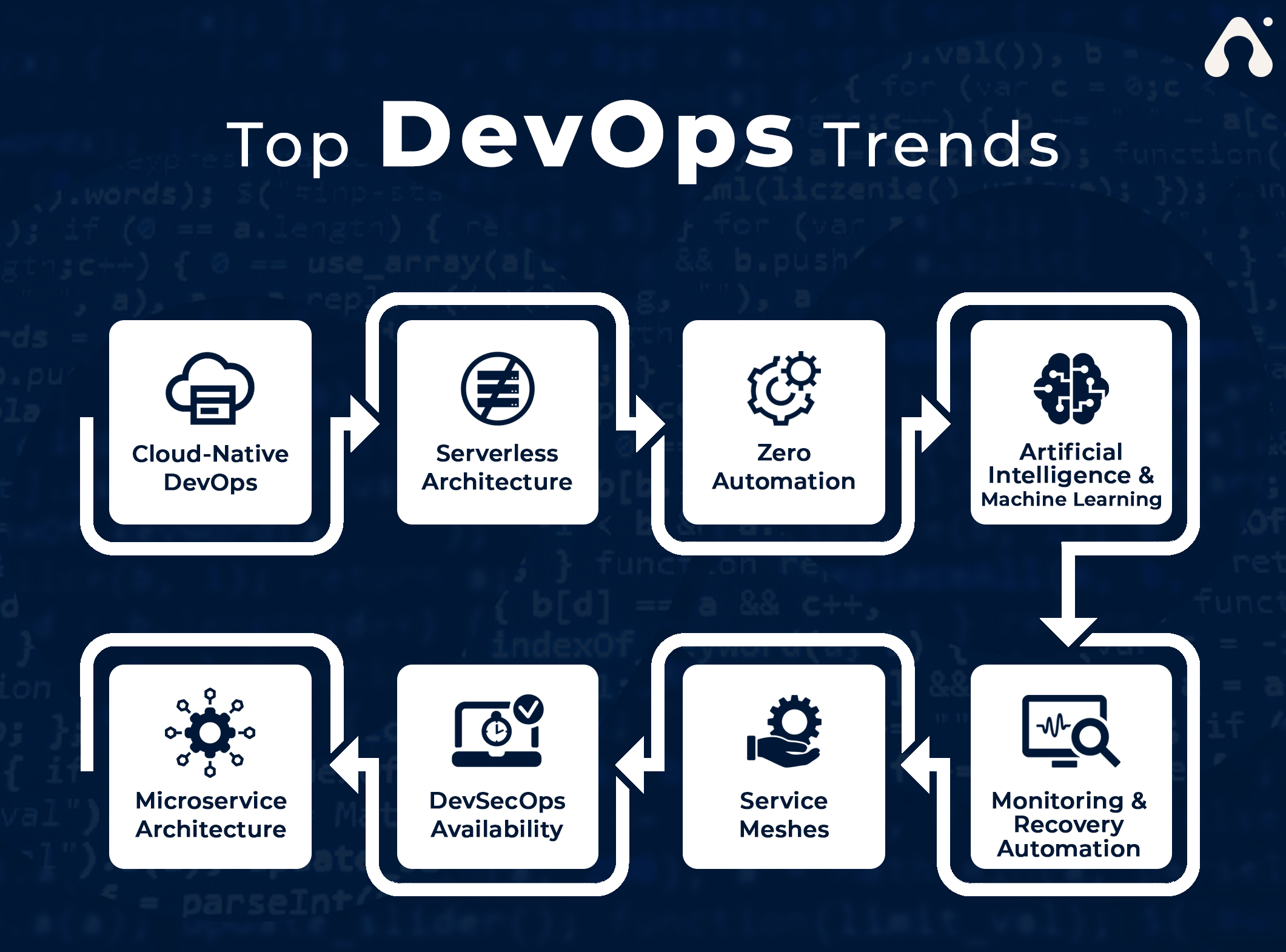Understanding Database DevOps Tools: An Overview
Database DevOps tools have gained significant importance in modern software development, addressing the unique challenges of integrating databases into DevOps pipelines. Traditionally, databases have been managed manually, leading to errors, inconsistencies, and delays in the development process. By adopting specialized Database DevOps tools, teams can streamline database management, automate workflows, and enhance collaboration, resulting in faster delivery, higher quality, and improved security.
Key Features to Look for in Database DevOps Tools
When evaluating Database DevOps tools, it’s crucial to consider several key features that contribute to a robust and effective solution. These features include:
- Version control: The ability to manage database schema changes and track modifications over time is essential. Look for tools that support version control systems, enabling teams to collaborate, review, and approve changes easily.
- Continuous integration and delivery: Automating the build, test, and deployment processes is a critical aspect of Database DevOps tools. Seek solutions that integrate with continuous integration and delivery (CI/CD) pipelines, ensuring smooth and efficient workflows.
- Automated testing: Testing is vital to ensure database functionality, performance, and security. Identify tools that offer automated testing capabilities, allowing teams to detect and resolve issues early in the development cycle.
- Collaboration: Effective collaboration between development, operations, and database teams is crucial for success. Choose tools that facilitate communication, coordination, and feedback, promoting a shared understanding of database requirements and changes.
By prioritizing these key features, teams can select Database DevOps tools that align with their needs and support their DevOps journey, ultimately leading to improved productivity, quality, and security.
Top Database DevOps Tools in the Market
The following are some of the leading Database DevOps tools available in the market, each with its unique features and strengths:
- Liquibase: An open-source tool that supports database schema change management and version control. Liquibase integrates with various CI/CD tools and platforms, enabling teams to automate database deployments and testing.
- Redgate SQL Toolbelt: A suite of database development tools that includes version control, schema comparison, data comparison, and automated testing capabilities. Redgate SQL Toolbelt is designed to simplify database development and deployment processes, ensuring consistency and compatibility with application code.
- DBMaestro Teamwork: A comprehensive Database DevOps platform that supports version control, continuous integration, and automated testing. DBMaestro Teamwork offers a collaborative environment for database developers, operations teams, and DBAs, ensuring that database changes are properly managed, reviewed, and deployed.
- Datical: A database automation and management platform that enables teams to accelerate database deployments and reduce errors. Datical supports version control, continuous integration, and automated testing, ensuring that database changes are properly validated and deployed in alignment with application code changes.
These are just a few examples of the many Database DevOps tools available in the market. When selecting a tool, consider the unique needs and requirements of your team and project, as well as factors such as budget, integration with existing tools and systems, and ease of use.
How to Choose the Right Database DevOps Tool for Your Team
Selecting the right Database DevOps tool for your team requires careful consideration of several factors. Here are some key aspects to keep in mind when evaluating different options:
- Team size: The size of your team will impact the complexity of your database development and deployment processes. Tools that offer collaboration and review features may be more suitable for larger teams, while smaller teams may prefer simpler, more streamlined solutions.
- Project requirements: Consider the specific needs of your project, such as database platform, scalability, and security requirements. Ensure that the tool you choose supports the necessary features and integrations to meet these requirements.
- Budget: Determine the budget available for a Database DevOps tool and evaluate options that fall within this range. Keep in mind that open-source tools may be available at no cost but may require additional resources for setup, maintenance, and support.
- Integration with existing tools and systems: Ensure that the Database DevOps tool you choose integrates seamlessly with your existing tools and systems, such as version control, CI/CD, and issue tracking tools. This will help streamline your development and deployment processes and reduce the learning curve for your team.
By carefully evaluating these factors, you can select a Database DevOps tool that aligns with your team’s needs and supports your DevOps journey. Remember to involve key stakeholders, such as developers, operations teams, and DBAs, in the decision-making process to ensure that the chosen tool meets the needs of all parties involved.
Implementing Database DevOps Tools: Best Practices and Strategies
Implementing Database DevOps tools can be a complex process, but following best practices and strategies can help ensure a smooth transition. Here are some practical tips and recommendations:
- Planning: Begin by defining your goals and objectives for implementing a Database DevOps tool. Identify the specific challenges you hope to address and the benefits you expect to achieve. Develop a detailed plan that outlines the steps required for implementation, including timelines, resources, and stakeholder roles and responsibilities.
- Training: Provide comprehensive training to your team to ensure they understand how to use the new tool effectively. This may include training sessions, documentation, and hands-on practice. Encourage team members to ask questions and provide feedback throughout the training process.
- Change management: Implementing a new tool can be a significant change for your team. Communicate the reasons for the change and the benefits it will bring. Provide support and resources to help team members adapt to the new tool, and be prepared to address any resistance or concerns that may arise.
- Integration: Ensure that the Database DevOps tool is integrated seamlessly with your existing tools and systems. This may involve working with vendors or third-party providers to ensure compatibility and compatibility.
- Monitoring and optimization: Once the Database DevOps tool is implemented, monitor its performance and usage regularly. Identify areas for optimization and make adjustments as needed. Encourage feedback from team members to ensure that the tool is meeting their needs and supporting their work effectively.
By following these best practices and strategies, you can ensure a successful implementation of your Database DevOps tool, leading to improved productivity, collaboration, and quality in your database development and deployment processes.
Real-World Examples: Successful Database DevOps Tool Implementations
Here are some case studies and examples of successful Database DevOps tool implementations, highlighting the benefits and challenges of each:
Case Study 1: Large Financial Institution
A large financial institution implemented a Database DevOps tool to streamline its database development and deployment processes. By automating testing and version control, the institution reduced deployment times by 50% and significantly reduced errors and downtime. However, the implementation required extensive training and change management to overcome cultural resistance and ensure adoption.
Case Study 2: Mid-Sized Software Company
A mid-sized software company implemented a Database DevOps tool to improve collaboration and communication between development and operations teams. By providing a centralized platform for database development and deployment, the company reduced lead times by 30% and improved overall quality. However, the company had to invest in integration with existing tools and systems to ensure a seamless workflow.
Case Study 3: E-Commerce Retailer
An e-commerce retailer implemented a Database DevOps tool to improve its database deployment processes and reduce downtime. By automating testing and version control, the retailer reduced deployment times by 60% and significantly reduced errors and downtime. However, the implementation required a significant upfront investment in infrastructure and training to ensure successful adoption.
These case studies demonstrate the potential benefits and challenges of implementing Database DevOps tools. By carefully evaluating team size, project requirements, budget, and integration with existing tools and systems, you can select a tool that meets your needs and supports your DevOps journey.
Challenges and Limitations of Database DevOps Tools
While Database DevOps tools offer numerous benefits, there are also potential challenges and limitations to consider. Here are some of the most common issues:
- Cultural resistance: DevOps is a cultural shift that requires collaboration and communication between development and operations teams. Some team members may resist this change, leading to challenges in implementing Database DevOps tools. It’s essential to provide training and support to help team members adapt to the new tools and processes.
- Technical complexity: Implementing Database DevOps tools can be technically complex, requiring expertise in areas such as version control, continuous integration and delivery, and automated testing. It’s essential to have a team with the necessary skills and experience to implement and manage the tools effectively.
- Security concerns: Databases contain sensitive information, making security a critical concern. It’s essential to ensure that Database DevOps tools are secure and comply with relevant regulations and standards. This may require additional investment in security measures and training.
By understanding these challenges and limitations, you can take steps to mitigate them and ensure a successful implementation of your Database DevOps tools. It’s essential to have a clear plan, provide training and support, and prioritize security to ensure a smooth transition to DevOps practices.
The Future of Database DevOps Tools: Trends and Predictions
As DevOps continues to evolve, so too will the tools and technologies that support it. Here are some trends and predictions for the future of Database DevOps tools:
- Increased automation: As DevOps practices mature, we can expect to see increased automation in Database DevOps tools. This includes automated testing, version control, and continuous integration and delivery. Automation can help reduce errors, improve efficiency, and free up resources for more strategic tasks.
- Integration with cloud and containerization technologies: Cloud and containerization technologies are becoming increasingly popular in software development, and Database DevOps tools are no exception. We can expect to see more integration with cloud and containerization technologies, such as Kubernetes and Docker, to support modern DevOps practices.
- Artificial intelligence and machine learning: Artificial intelligence (AI) and machine learning (ML) are becoming more prevalent in software development, and Database DevOps tools are no exception. We can expect to see more AI and ML capabilities in Database DevOps tools, such as automated testing, performance optimization, and predictive analytics.
- Greater emphasis on security: Security is a critical concern in software development, and this is especially true in Database DevOps. We can expect to see greater emphasis on security in Database DevOps tools, such as automated security testing, vulnerability scanning, and compliance monitoring.
By staying up-to-date with these trends and predictions, you can ensure that your Database DevOps tools are aligned with the latest best practices and technologies. This can help you stay competitive, improve efficiency, and deliver high-quality software that meets the needs of your users.






